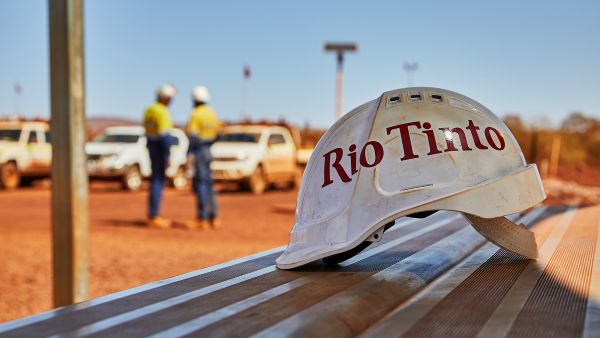Australian mining giant Rio Tinto has stated that there are economic hurdles to establishing a competitive green iron industry in the country. Citing high costs, limited financial incentives, and immature hydrogen-based steelmaking technology, Rio Tinto’s CTO, Mark Davies, expressed skepticism about the sector’s near-term potential, according to a Reuters report.
Challenges with Australia’s ore quality and processing
Hydrogen-based direct reduction iron (DRI), often called green iron, is produced by processing iron ore using hydrogen from renewable energy instead of coal or natural gas. While Australia leads the world in seaborne iron ore exports, most of its ore is low-grade and requires costly processing before it can be converted into DRI. This adds significant financial challenges for any local green iron production.

Government support and funding limitations
Despite the Australian government’s A$1 billion funding announced in February to support the green iron supply chain, Mr. Davies highlighted that the investment falls short of making these projects economically feasible. “Doing it in Australia is expensive. It’s an expensive place to build stuff,” he said.
The need for a global carbon price
Davies further emphasized that a global carbon price of several hundred dollars per ton would be necessary to drive sufficient financial motivation for green iron projects to succeed.
Similarly, BHP recently commented that even joint efforts between Australia and China to decarbonize would not overcome the high costs and structural difficulties of developing a hydrogen DRI sector domestically.
These remarks from Australia’s two largest miners signal growing skepticism about the commercial feasibility of green iron production in Australia despite the nation’s ambition to become a leading low-carbon metals supplier, SteelOrbis understands.